ABD Pamuk Borsası
The US cotton exchange, also known as the “abd pamuk borsası” in Turkish, plays a significant role in the global cotton industry. As an expert in this field, I’ll provide you with key insights into what the US cotton exchange is all about.
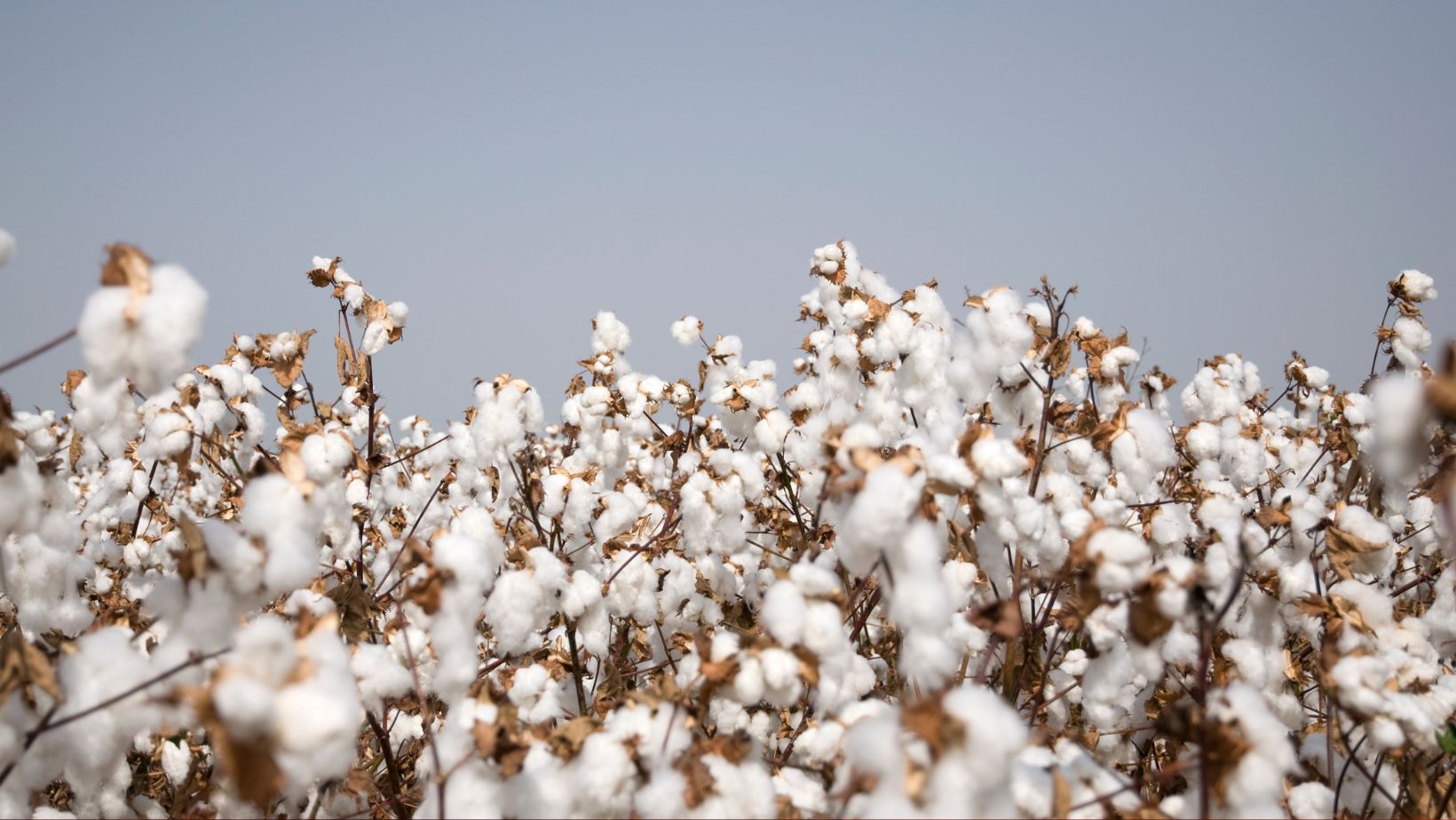
One of the main advantages of trading on the US cotton exchange is its ability to establish standardized contract terms, ensuring fair and efficient transactions. This not only facilitates smooth trading but also helps establish benchmark prices for cotton globally. As a result, market participants can make informed decisions based on reliable pricing information provided by the exchange.
In summary, the abd pamuk borsası (US cotton exchange) serves as a vital hub for global cotton trading. Its role in establishing fair prices and providing a transparent marketplace has made it an indispensable platform for both hedgers and speculators alike. The US Cotton Exchange has a rich and fascinating history that dates back to the early 19th century. Let’s delve into the origins of this influential institution and explore how it shaped the cotton trading industry.
In the mid-1800s, as cotton production boomed in the southern states of America, there was a need for a centralized marketplace where buyers and sellers could come together to trade this valuable commodity. This led to the establishment of the first organized cotton exchange in New York City in 1870. Initially known as The New York Cotton Exchange, it provided a platform for merchants, brokers, and speculators to conduct business transactions related to cotton.
Over time, the US Cotton Exchange grew in prominence and became an essential hub for global cotton trading. Its influence extended beyond domestic markets, with traders from around the world relying on its pricing mechanisms and market reports. The exchange played a crucial role in setting standards for grading cotton quality, ensuring transparency in transactions, and facilitating futures contracts.
One significant milestone in its history came with the introduction of futures trading in 1885. This innovation allowed participants to buy or sell contracts representing future delivery of cotton at predetermined prices. It provided stability and risk management options for both producers and consumers within the industry.
As technology advanced, electronic trading platforms emerged, transforming how business was conducted on exchanges including the US 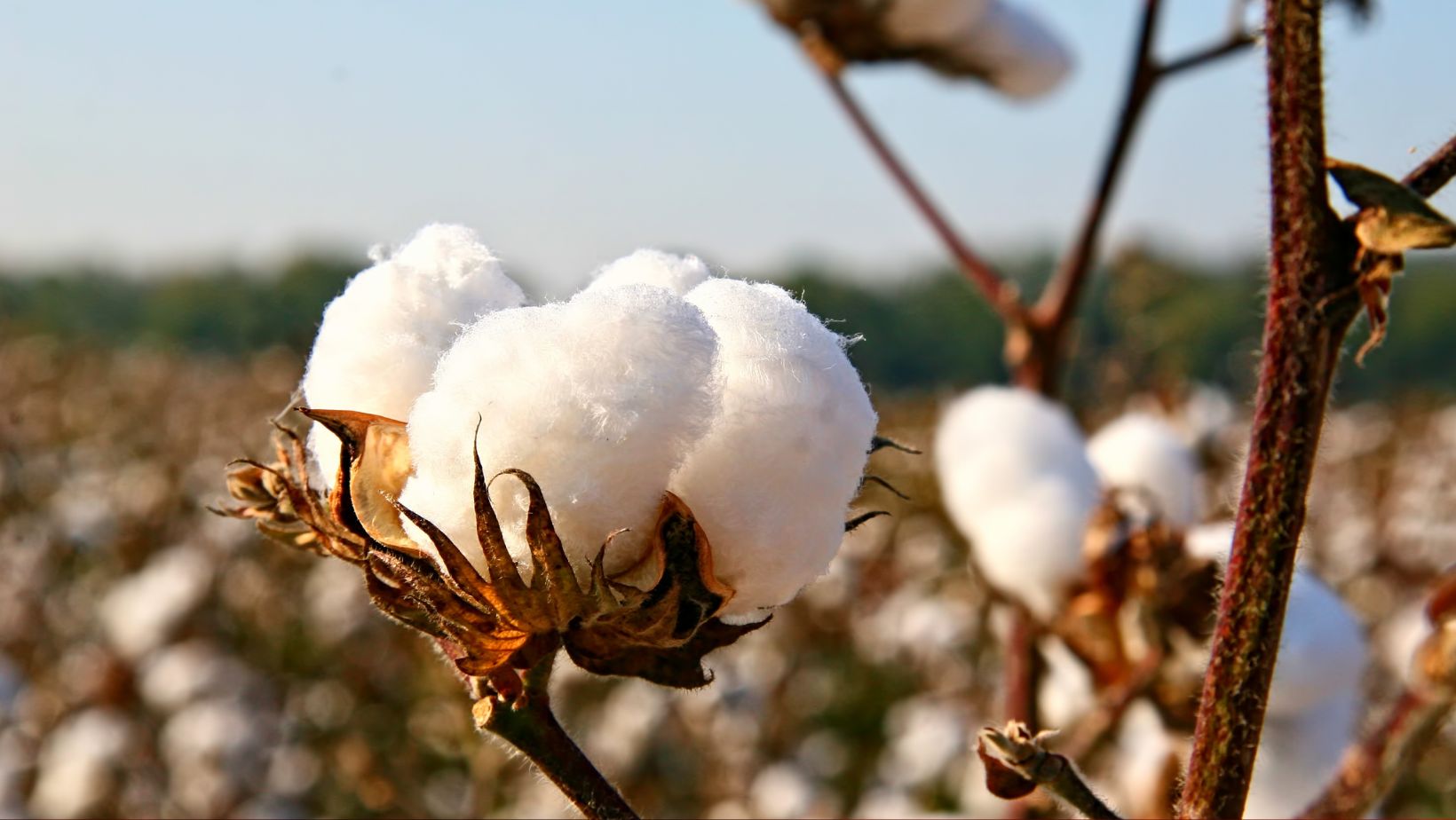
Today, while electronic trading dominates most financial markets including commodities like cotton, exchanges such as ICE Futures U.S. continue to provide essential services for market participants by offering price discovery mechanisms and risk management tools.
The history of the US Cotton Exchange is intertwined with not just American economic development but also global trade dynamics surrounding this vital agricultural commodity. Understanding its evolution helps us appreciate how far we’ve come in creating efficient systems that support fair trade practices while driving economic growth.
The Role of Cotton in the US Economy
Cotton has long been a staple crop in the United States, playing a significant role in the country’s economy. From its early days as a cash crop to its modern-day presence as a major export commodity, cotton has had a profound impact on various sectors and regions across America.
- Job Creation and Income Generation: The cotton industry creates employment opportunities for millions of Americans. From farmers working diligently on cotton farms to workers involved in ginning, spinning, weaving, and textile manufacturing processes, countless individuals rely on this industry for their livelihoods. In addition to direct employment, cotton also supports ancillary industries such as transportation, packaging, and retail. The income generated from these jobs helps stimulate local economies and contributes to national economic growth.
- Export Revenue: The export of cotton is crucial to the US economy. The demand for American cotton spans across continents, with countries around the world relying on it for their textile production needs. The revenue generated from exporting cotton not only strengthens international trade relations but also bolsters the nation’s balance of payments. As one of the largest exporters of raw cotton globally, the United States holds a prominent position in shaping global market trends.
- Economic Diversity: Cotton cultivation brings diversity to rural economies by providing an additional source of income for farmers who may grow other crops alongside it or rotate their fields accordingly. This diversification helps mitigate risks associated with single-crop dependence while fostering agricultural resilience within communities.
- Supporting Small Businesses: The cotton industry encompasses not only large-scale producers but also small businesses involved in various stages of processing and distribution. These businesses include family-owned gins, textile mills, garment manufacturers, and retailers specializing in clothing made from American-grown cotton fibers. By supporting small enterprises throughout the supply chain, the industry promotes entrepreneurship and local economic development.
- Market Influence: The US Cotton Exchange serves as a vital platform where cotton prices are determined, contracts are traded, and market information is disseminated. This exchange plays a significant role in ensuring price stability, market transparency, and fair competition within the cotton industry. Its influence extends beyond domestic borders, shaping global cotton trade dynamics.
In conclusion, cotton’s impact on the US economy cannot be overstated. From providing employment opportunities to generating export revenue and supporting small businesses, it serves as a cornerstone of economic growth and development. As we delve deeper into understanding the intricate web of industries and communities interconnected through this versatile crop, we gain a greater appreciation for its far-reaching significance in shaping America’s economic landscape.
Benefits of Abiding by Cotton Exchange Regulations
Abiding by cotton exchange regulations offers numerous advantages for both individual traders and the overall stability of the market. Here are some key benefits to consider:
- Fair and Transparent Trading: By adhering to cotton exchange regulations, participants can ensure a level playing field for all traders. These regulations promote fair competition, preventing any unfair advantages or manipulations that could harm market integrity. Transparency is also enhanced through standardized procedures, documentation, and reporting requirements.
- Quality Assurance: Cotton exchange regulations often include strict standards for grading and classification of cotton fibers. Complying with these standards ensures that only high-quality cotton enters the market, benefiting both buyers and sellers. This helps maintain trust among market participants and prevents any disputes or uncertainties regarding the quality of the traded cotton.
- Risk Mitigation: The implementation of risk management mechanisms is a crucial aspect of cotton exchange regulations. These measures help mitigate price volatility and protect participants from excessive financial risks. For example, futures contracts offered by exchanges allow traders to hedge against price fluctuations, minimizing their exposure to sudden market movements.
- Efficient Market Operations: Cotton exchange regulations establish standardized trading practices, including contract specifications, delivery procedures, and settlement processes. This streamlines transactions within the marketplace by providing clear guidelines for all involved parties. As a result, trading becomes more efficient and cost-effective while reducing complexities associated with non-compliant or ad-hoc practices.
- Market Access and Credibility: Adhering to cotton exchange regulations grants access to wider markets beyond local boundaries as international trade relies heavily on compliance with recognized industry standards. Being part of a regulated market enhances credibility in the eyes of potential buyers or investors who seek assurance in dealing with reputable individuals or organizations.
Incorporating these benefits into our trading strategies not only promotes ethical conduct but also contributes to sustainable growth in the global cotton industry as a whole.
Impact of ABD Pamuk Borsası on the US Cotton Exchange
When it comes to discussing the impact of Pamuk Borsası on the US Cotton Exchange, there are a few key factors to consider. The relationship between these two entities is complex and interconnected, with one influencing the other in various ways. Let’s delve into some of the effects that ABD Pamuk Borsası has on the US Cotton Exchange:
- Market Dynamics: As a significant player in the global cotton market, abd pamuk borsası plays a crucial role in shaping market dynamics. Its activities can have ripple effects on cotton prices and trading volumes worldwide, including within the US Cotton Exchange. Any changes or fluctuations in supply and demand due to Pamuk Borsası’s operations can directly impact cotton prices and trading patterns within the US.
- Price Volatility: The actions taken by Pamuk Borsası can contribute to price volatility within the US Cotton Exchange. Factors such as speculation, hedging strategies, and market sentiment influenced by Pamuk Borsası’s decisions can lead to sudden price shifts or
increased uncertainty for traders operating within the US Cotton Exchange.
- International Competition: Another aspect worth considering is how Pamuk Borsası’s presence affects international competition in cotton trading. Being a prominent player in global cotton markets, its decisions regarding pricing, quality standards, and export/import policies can influence competitiveness for both domestic and international players within the US Cotton Exchange.
- Trading Patterns: The activities of Pamuk Borsası can also shape trading patterns within the US Cotton Exchange. For instance, if there is an increase in demand from countries where Pamuk Borsası has strong ties or alliances, it could lead to higher trade volumes between those countries and participants in the US exchange.
- Information Flow: Lastly, information flow between Pamuk Borsası and participants in the US Cotton Exchange is essential for efficient decision-making by traders and investors. Any changes in Pamuk Borsası’s policies, regulations, or market insights can impact the decision-making process within the US Cotton Exchange, influencing trading strategies and risk management practices.
Understanding the impact of ABD Pamuk Borsası on the US Cotton Exchange requires a comprehensive analysis of these interconnected factors. By examining market dynamics, price volatility, international competition, trading patterns, and information flow, we gain valuable insights into how these two entities influence each other in the global cotton market landscape.
Future Outlook for the US Cotton Exchange
Looking ahead, the future of the US Cotton Exchange appears promising. Here are a few key factors that contribute to this positive outlook:
- Growing global demand: The demand for cotton continues to rise globally, driven by various industries such as fashion, textiles, and manufacturing. As emerging economies expand their middle class and consumer spending power increases, there is an increasing need for cotton-based products. This growing demand provides significant opportunities for the US Cotton Exchange to maintain its position as a major player in the international market.
- Technological advancements: The adoption of advanced technologies has greatly enhanced productivity and efficiency within the cotton industry. From automated farming practices to improved ginning processes, these technological advancements have resulted in higher yields and better quality cotton production. By embracing innovation and staying at the forefront of technological advancements, the US Cotton Exchange can remain competitive on a global scale.
- Sustainable practices: With environmental concerns becoming more prominent in recent years, sustainable practices have become crucial in various industries, including cotton production. Consumers are increasingly demanding ethically sourced and sustainably produced
goods. The US Cotton Exchange has made significant strides in implementing sustainable farming techniques and reducing its environmental footprint. By prioritizing sustainability efforts, it can attract environmentally conscious consumers and maintain long-term profitability.
- Trade agreements: The US government’s commitment to fostering favorable trade agreements plays a vital role in shaping the future of the cotton industry. A strong focus on fair trade policies ensures that American cotton producers have access to international markets while minimizing barriers to entry. These favorable trade conditions provide stability and growth potential for the US Cotton Exchange.
- Market diversification: To mitigate risks associated with fluctuations in demand or unforeseen events such as natural disasters or pandemics, market diversification is essential for any industry—including the US Cotton Exchange. By exploring new markets and expanding their customer base beyond traditional regions, they can reduce dependency on any single market and remain resilient in the face of uncertainties.
In conclusion, the future of the US Cotton Exchange looks promising due to growing global demand, technological advancements, sustainable practices, favorable trade agreements, and market diversification. By capitalizing on these opportunities and adapting to changing industry dynamics, the US Cotton Exchange can continue to thrive as a leading player in the international cotton market.


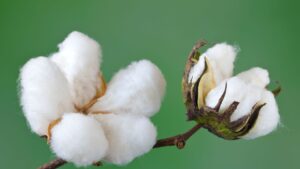



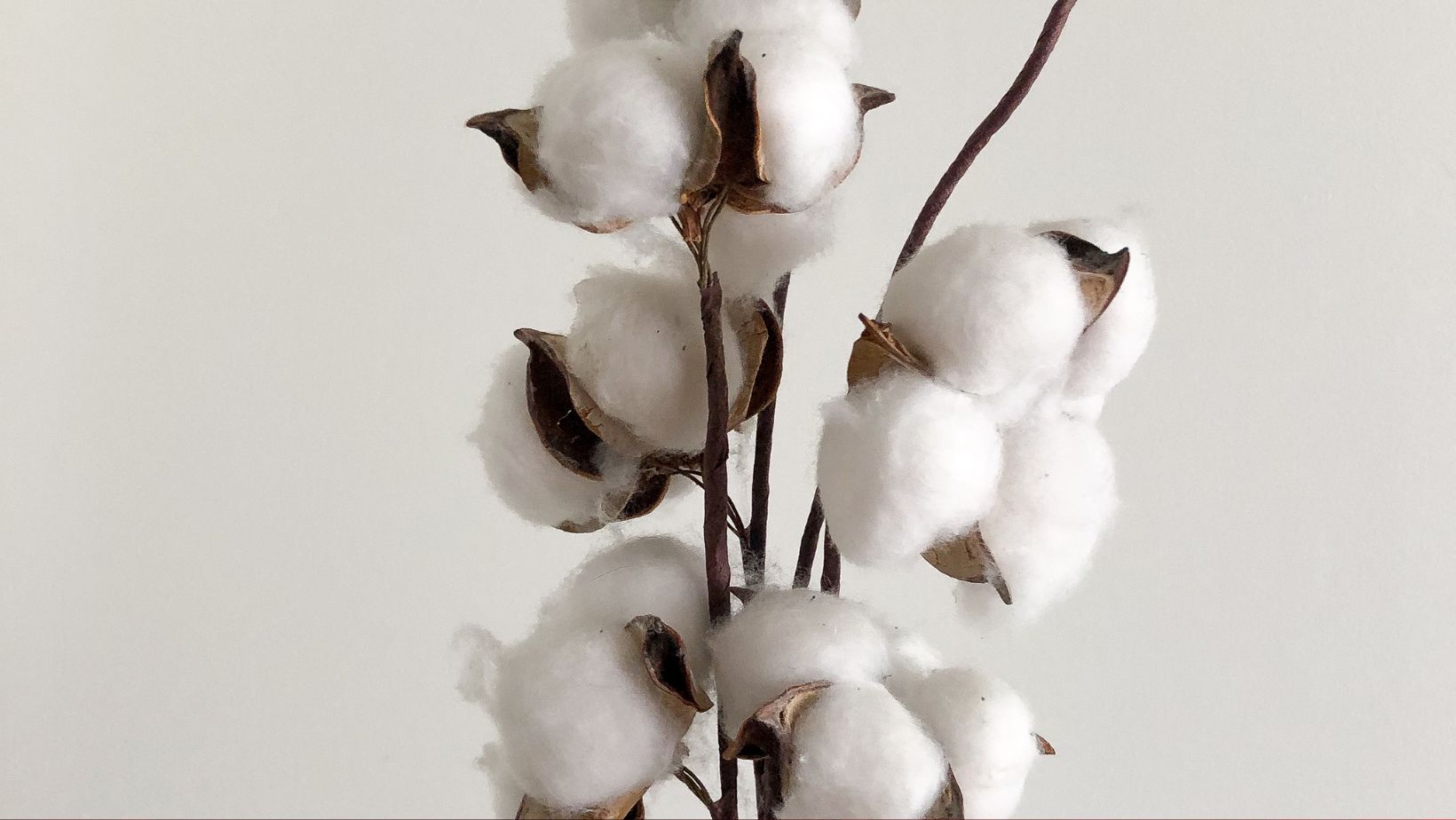 increased uncertainty for traders operating within the US Cotton Exchange.
increased uncertainty for traders operating within the US Cotton Exchange.
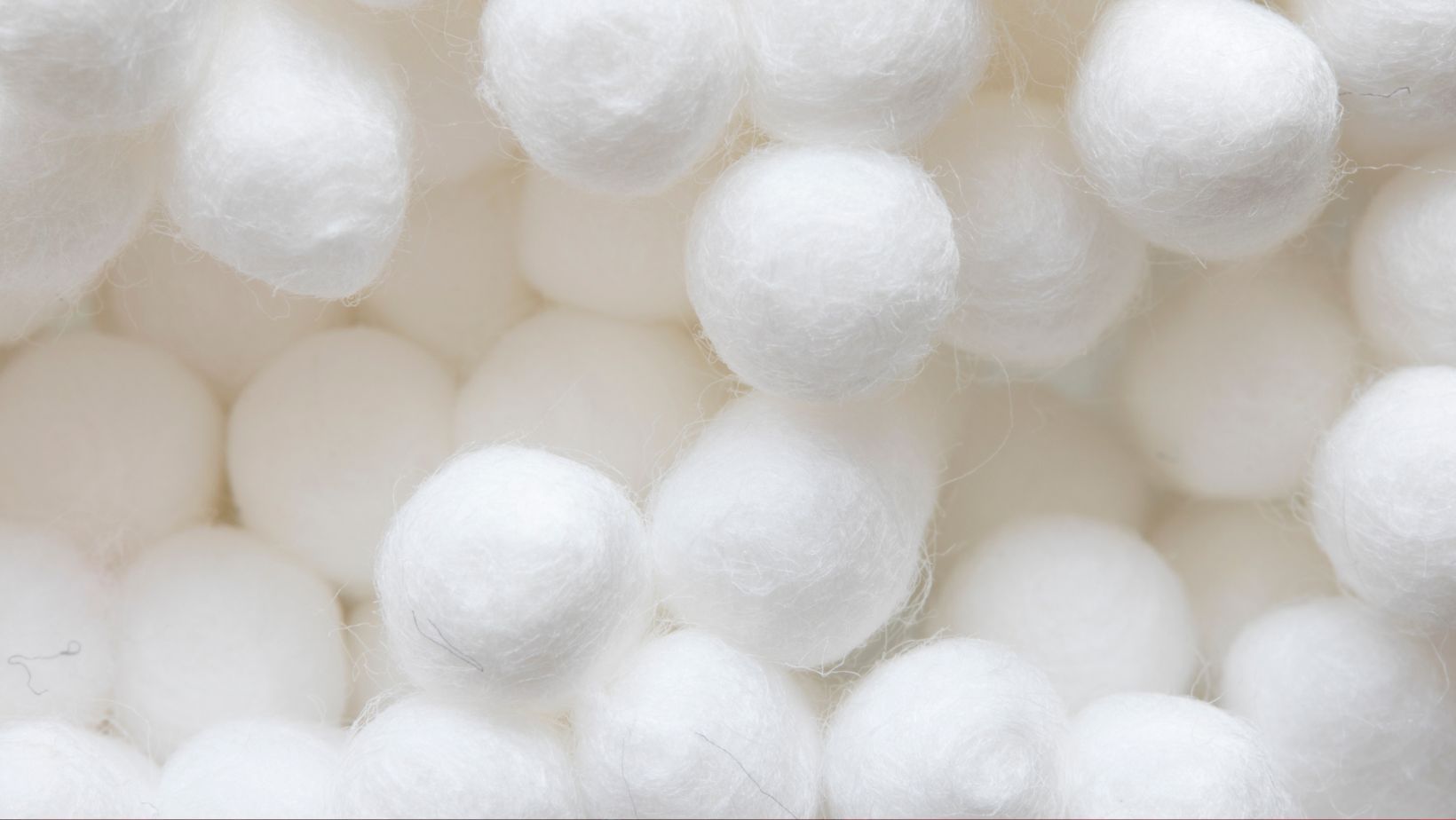 goods. The US Cotton Exchange has made significant strides in implementing sustainable farming techniques and reducing its environmental footprint. By prioritizing sustainability efforts, it can attract environmentally conscious consumers and maintain long-term profitability.
goods. The US Cotton Exchange has made significant strides in implementing sustainable farming techniques and reducing its environmental footprint. By prioritizing sustainability efforts, it can attract environmentally conscious consumers and maintain long-term profitability.





